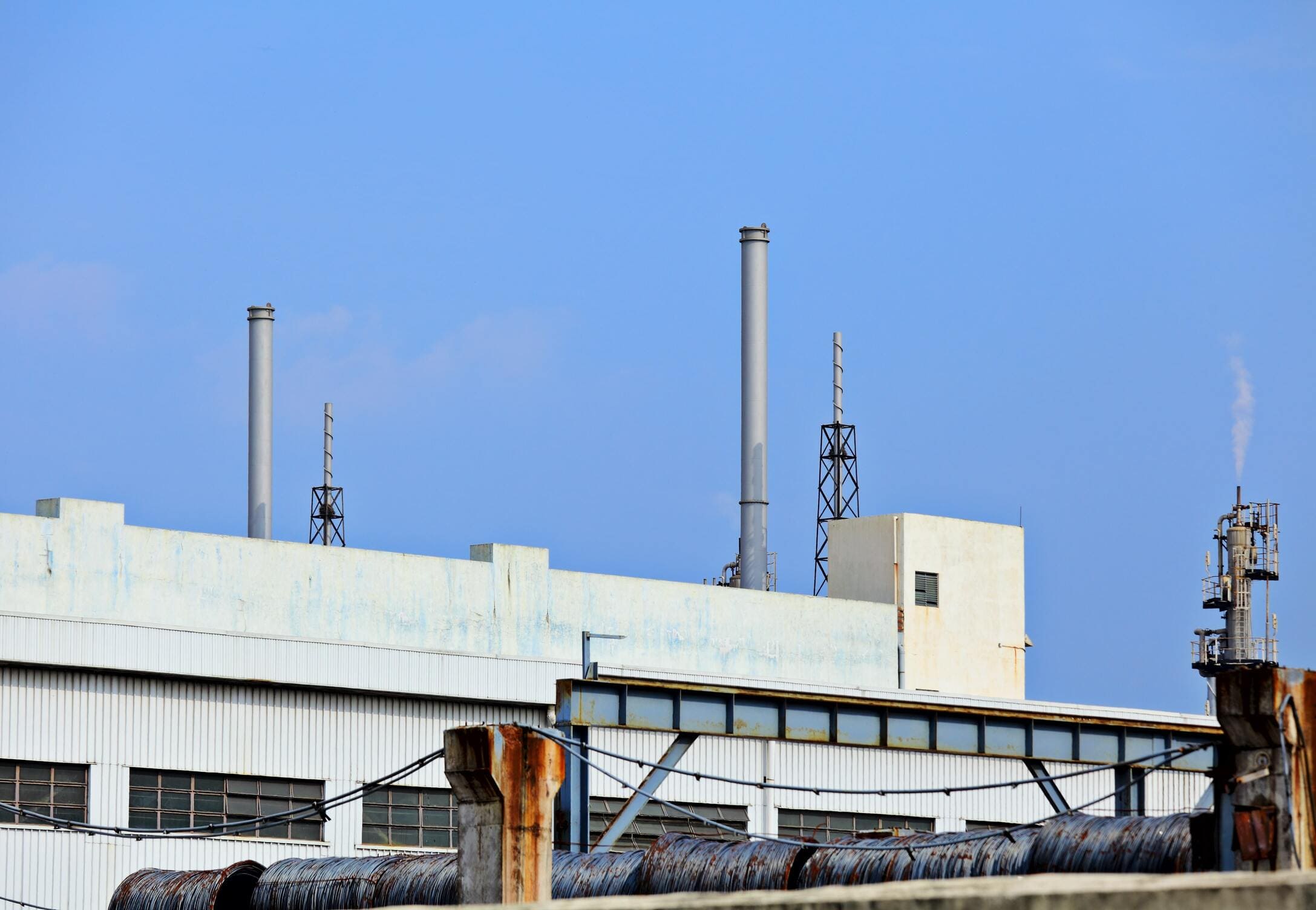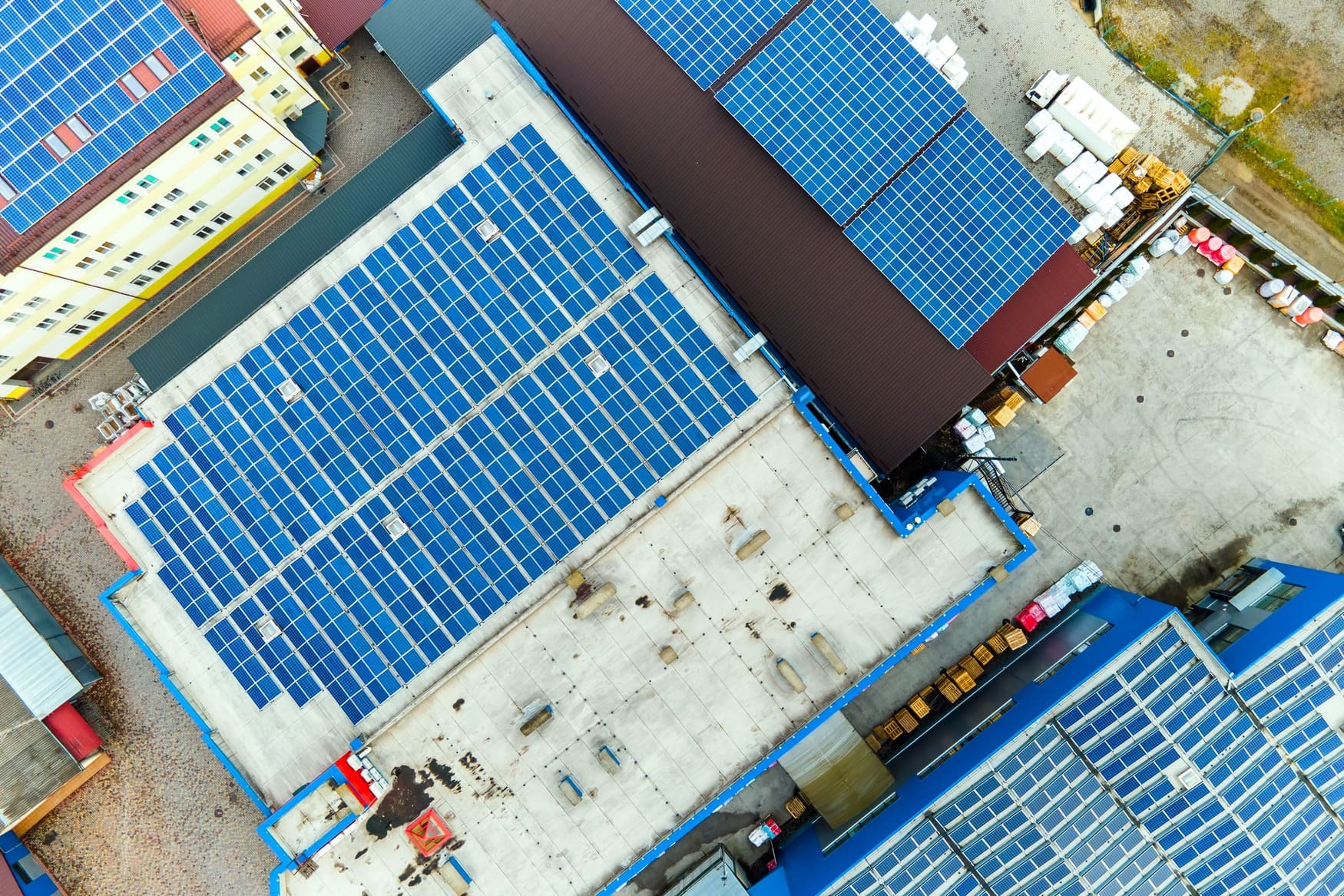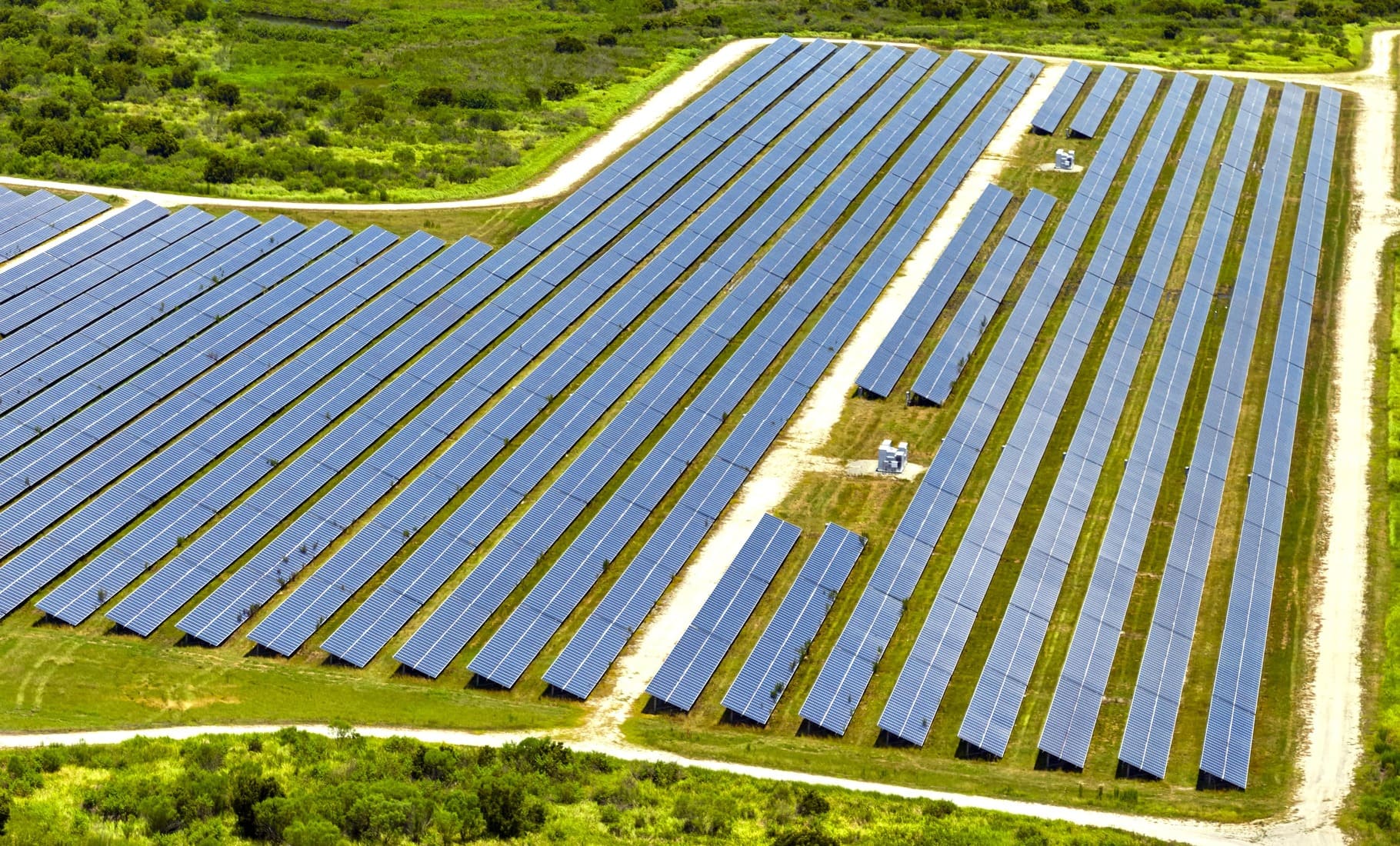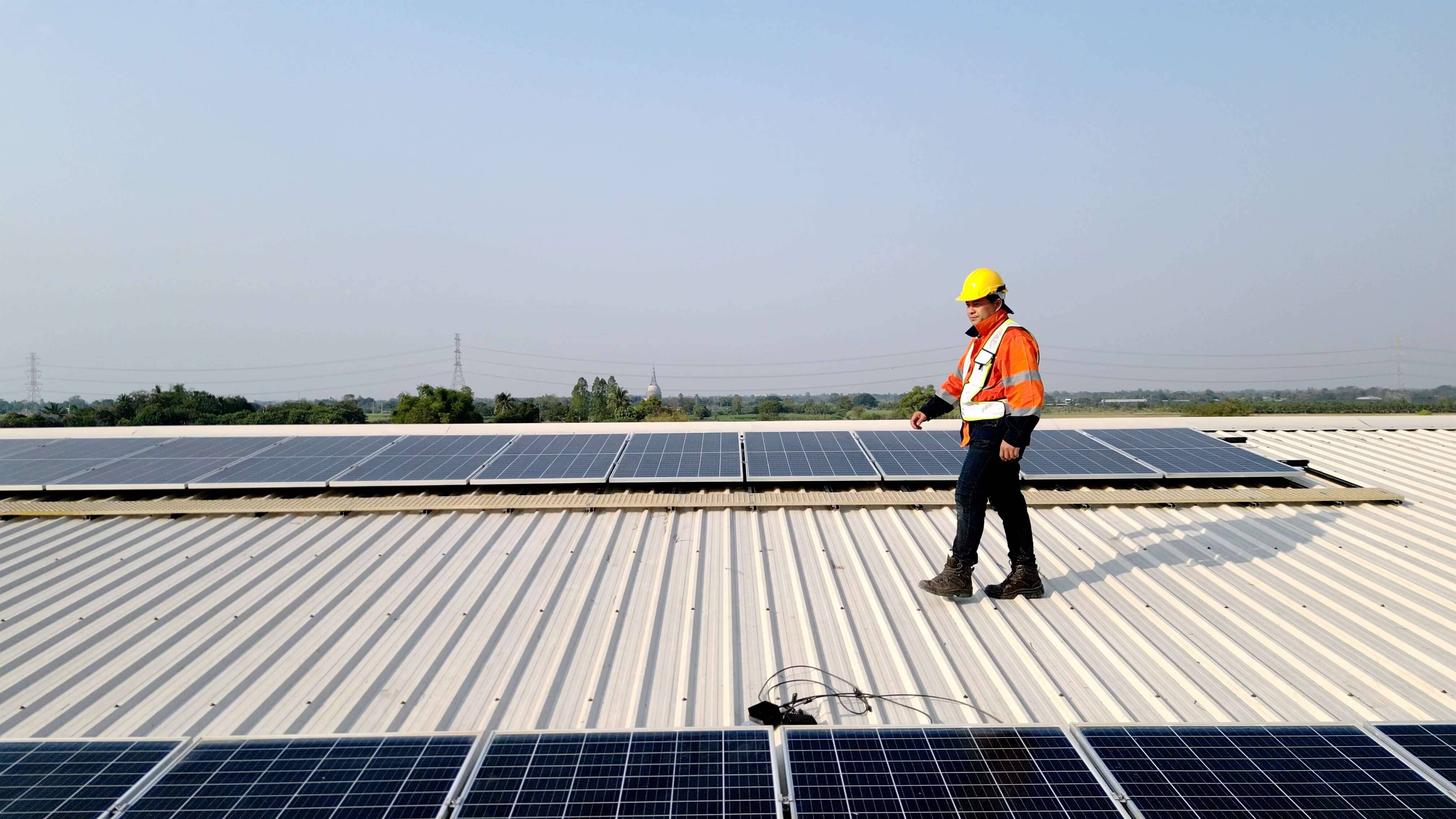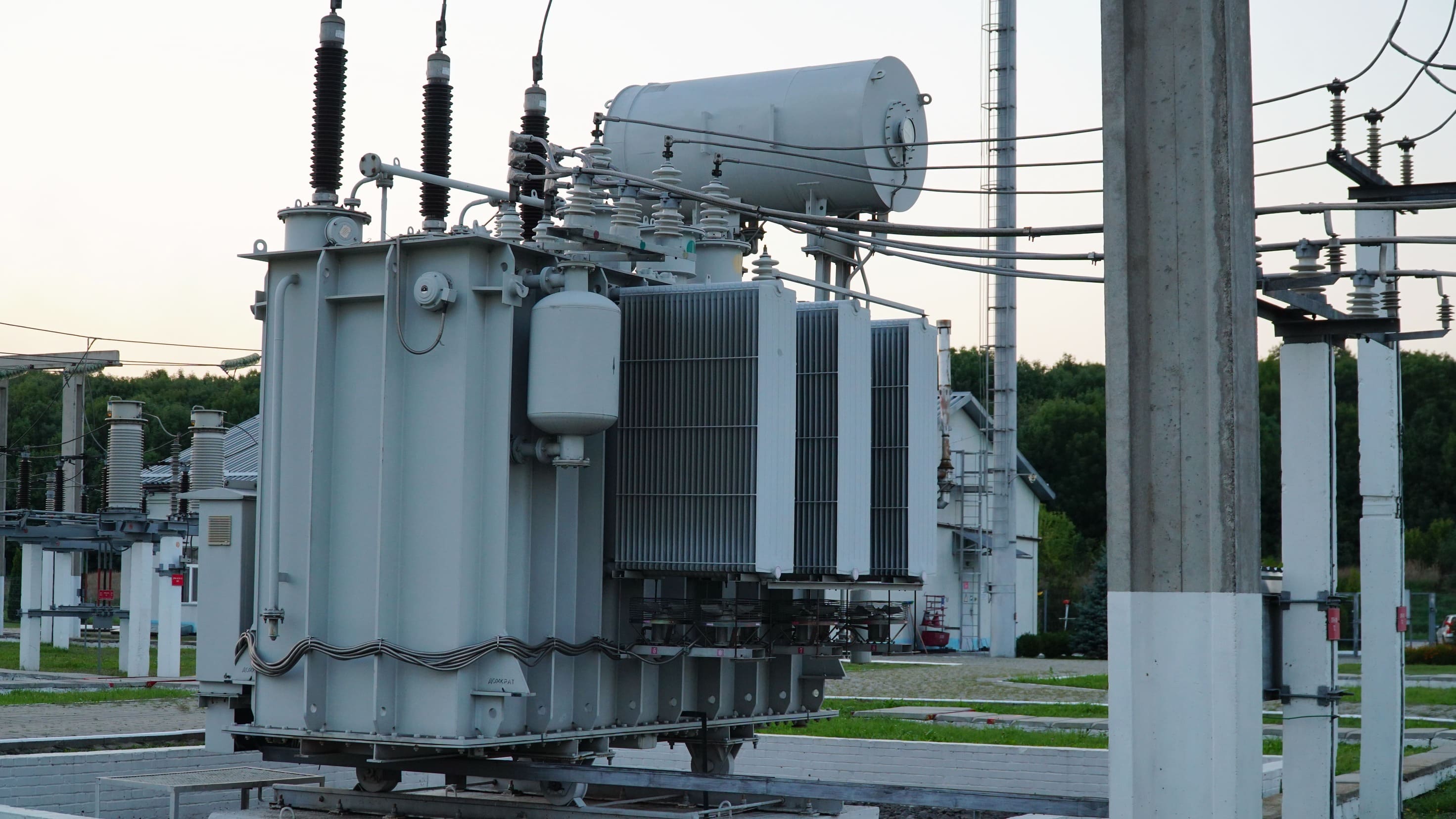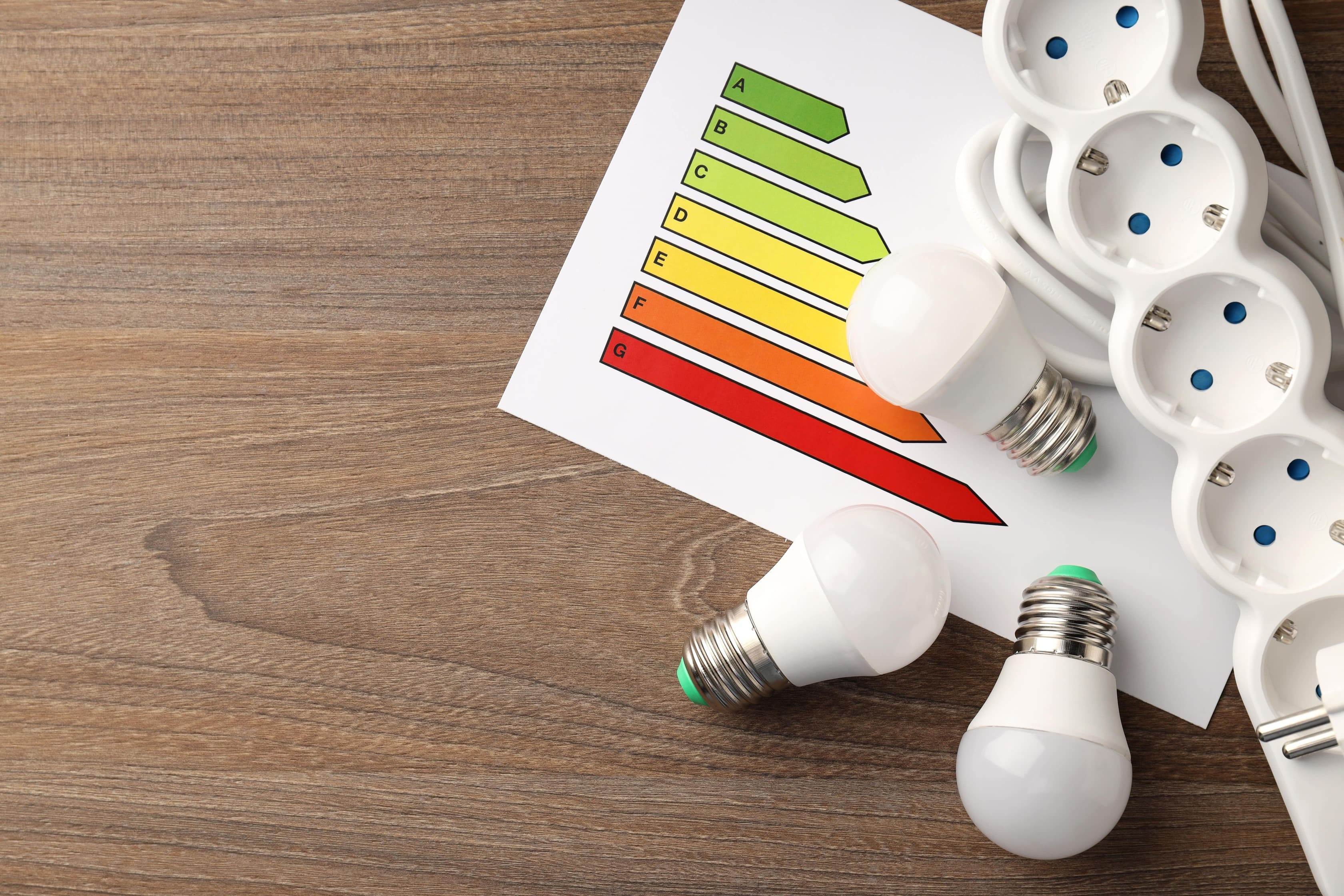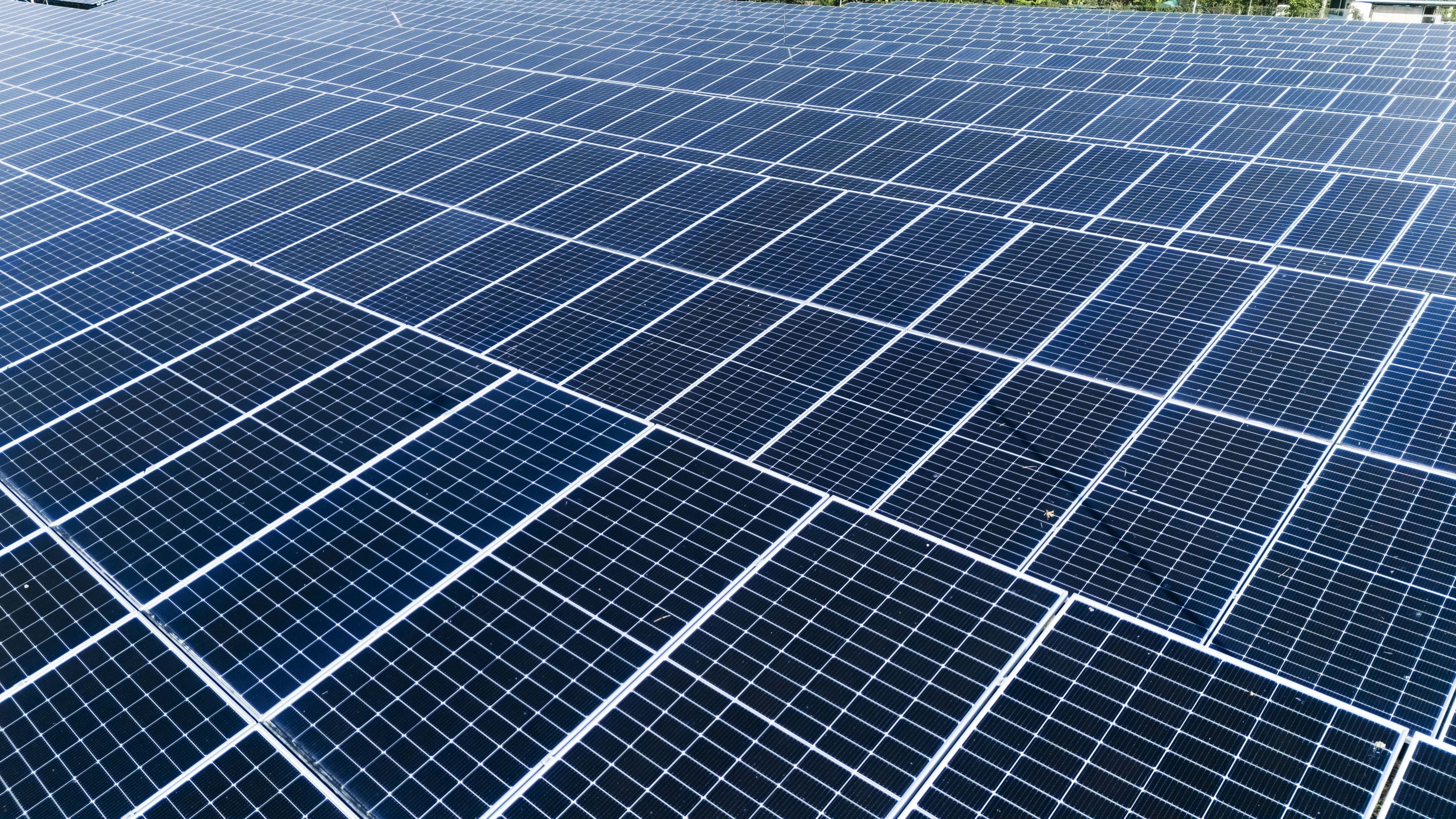Increase production safety and cost advantage with 5 effective tips that can be applied in factories for energy efficiency, harmonic control and power quality.
5 Tips to Improve Energy Quality in Factories
Power quality plays a vital role in the efficiency, sustainability, and competitiveness of manufacturing facilities.
Low power quality can lead to excessive energy consumption, equipment damage, production interruptions, and higher operational costs.
In this article, we highlight five practical tips that factories can implement to improve energy quality, reduce waste, and optimize power usage.
The goal is to increase efficiency while supporting environmental sustainability.
Low power quality can lead to excessive energy consumption, equipment damage, production interruptions, and higher operational costs.
In this article, we highlight five practical tips that factories can implement to improve energy quality, reduce waste, and optimize power usage.
The goal is to increase efficiency while supporting environmental sustainability.
1. Conduct an Energy Audit
One of the first steps in improving power quality is performing a comprehensive energy audit.
These audits assess consumption patterns, detect areas of waste, and reveal opportunities for improvement.
Lighting, HVAC systems, motors, compressors, and insulation are all evaluated to enhance overall efficiency.
One of the first steps in improving power quality is performing a comprehensive energy audit.
These audits assess consumption patterns, detect areas of waste, and reveal opportunities for improvement.
Lighting, HVAC systems, motors, compressors, and insulation are all evaluated to enhance overall efficiency.
2. Implement Energy Management Systems (EMS)
An EMS, such as one based on ISO 50001, helps monitor, analyze, and improve energy performance.
Factories can set goals, install monitoring systems, and adopt energy-saving technologies for continuous improvement.
An EMS, such as one based on ISO 50001, helps monitor, analyze, and improve energy performance.
Factories can set goals, install monitoring systems, and adopt energy-saving technologies for continuous improvement.
3. Upgrade to Energy-Efficient Equipment
Replacing outdated machinery with energy-efficient motors, variable speed drives, and smart control systems significantly reduces power losses.
This also improves performance and minimizes voltage issues.
Replacing outdated machinery with energy-efficient motors, variable speed drives, and smart control systems significantly reduces power losses.
This also improves performance and minimizes voltage issues.
4. Apply Load Management Strategies
Factories often experience energy demand fluctuations that affect power quality.
Load shedding, shifting, and peak demand management help stabilize energy use and reduce costs.
Factories often experience energy demand fluctuations that affect power quality.
Load shedding, shifting, and peak demand management help stabilize energy use and reduce costs.
5. Invest in Power Quality Monitoring and Correction
Real-time monitoring systems detect voltage sags, harmonics, and other issues that impact performance.
Early detection enables quick response, maintaining power stability and protecting equipment.
Real-time monitoring systems detect voltage sags, harmonics, and other issues that impact performance.
Early detection enables quick response, maintaining power stability and protecting equipment.
By applying these five strategies, factories can create a more energy-efficient, cost-effective, and sustainable operating environment.
Prioritizing power quality is no longer optional—it’s essential for modern manufacturing success.
Prioritizing power quality is no longer optional—it’s essential for modern manufacturing success.



